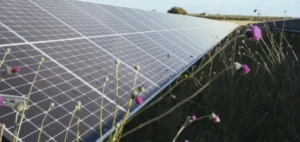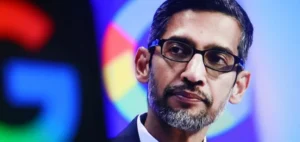The Pompeii site has ushered in an era of innovation with solar roof tiles that resemble ancient Roman tiles. This development protects the aesthetics of the site while generating clean energy. Gabriel Zuchtriegel, director of the Pompeii site, expresses his hope: “If Pompeii is a unique site because of its size and complexity (…) I hope that this project will not be unique”. The director would like to see Pompeii transformed into a “real laboratory for sustainable development”.
A fresco revealed in a new light
The Villa of Mysteries, buried since the eruption of Vesuvius, now benefits from special lighting via these panels. These devices illuminate an exceptional fresco, revealing mysterious rituals linked to Dionysus, without risking damage to the paintings through excessive exposure to light. The pilot project “showcases an extraordinary mural found in 1909 under metres of volcanic ash”, according to site managers.
Expansion and adoption plans
Ahlux, the company behind the technology, has already covered 70 m² of the villa’s roof. With over 15 hours of sunshine in summer, the potential for expansion is immense. Other sites, from Rome to Milan, have expressed interest in these innovations, which combine conservation and functionality. Ahlux founder Augusto Grillo stresses that “the problem is finding the funds”.
Financing and future challenges
The main obstacle remains funding, especially as many historic buildings are owned by public or religious bodies. Italy, faced with strict European directives to reduce carbon emissions, is seeking co-investment to meet these ambitious targets. Angelica Donati, president of the young builders’ association ANCE Giovani, asserts that “we have the most beautiful cities in the world, which means we need much more thoughtful interventions, and quickly”.
Environmental impact and European perspectives
This initiative comes at a time when Europe is pushing for massive ecological renovation. Italy, in particular, faces the challenge of modernizing its infrastructure while preserving its unique architectural heritage. Under new European legislation, states must retrofit buildings to reduce their carbon emissions by 55% by 2030, compared with 1990 levels.
Photovoltaic roof tiles in Pompeii illustrate how technology can help preserve historic sites. This balance between innovation and conservation suggests a promising future for other sites.






















